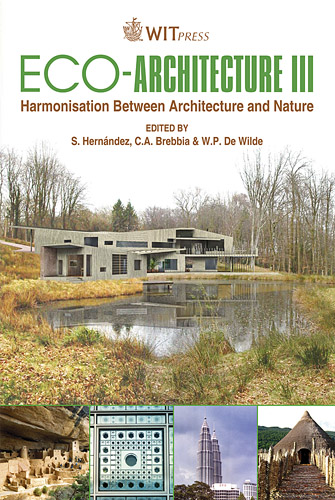Vernacular Architecture As A Model For Contemporary Design
Price
Free (open access)
Transaction
Volume
128
Pages
15
Page Range
157 - 171
Published
2010
Size
4,477 kb
Paper DOI
10.2495/ARC100141
Copyright
WIT Press
Author(s)
E. Creangă, I. Ciotoiu, D. Gheorghiu & G. Nash
Abstract
The quest for a deeper approach of contemporary architecture to nature sometimes conceals the achievements of the past. Vernacular architecture is, by its definition, aim and structure, the most integrated architectural form in communion with the environment. Two important traces of vernacular architecture can be resources for contemporary architecture: the deep respect and perfect communion with the natural environment the perfect relation and understanding of users needs. The result of a complex balance between material, shape and natural context, vernacular architecture could become an extremely useful model of inspiration for the present. From the intimate and personal experience with the wooden and wattle and daub architecture of South Eastern Europe, we noticed that the mentioned triad created very efficient eco-design outcomes that could be used today as models to generate an architecture closer to nature. This paper will describe a series of case studies of vernacular architecture from different zones of the Carpathians and the Danube area, which could function as models for an eco-architecture model. Modern perspectives on the mentioned values include a new approach of specialists and communities, having as a purpose the understanding and integration of vernacular experiences and values in today’s projects in order to enable architects to be an active part in plural-disciplinary teams, to promote their responsibility to conserve and valorize built and landscape heritage and the re-use and integration of existing buildings, technologies and skills in contemporary design. Keywords: clay, adobe, wattle and daub, vernacular architecture, eco-architecture, education, cultural models.
Keywords
clay, adobe, wattle and daub, vernacular architecture, eco-architecture, education, cultural models





